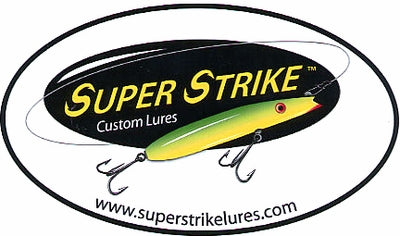
Welcome to Saltwater Edge’s series profiling the amazing line of Super Strike lures. Super Strike makes the most dependable, effective, and affordable lures series specifically designed for the striped bass angler. For over 30-years, these plugs have taken an untold number of stripers, including an incredible number of fish over 40- and 50-pounds. In this series, Sufcaster’s Journal Managing Editor Jerry Audet will take you through the entire series and provide an overview of each plug, general suggestions for their use, some higher-level and out-of-the-box uses, and also break down misconceptions about each series of plugs.
Jerry Audet
The more things you can do with a plug the better- end of story. Versatility is a word I use all the time when discussing plugs. The more ways a plug can be swum, places it can be worked within the water column, and under as many wind and current conditions as possible, the better. It means you don’t have to carry as many plugs, don’t have to change lures as often, and you don’t have to spend as much money on more lures. Win-Win-Win. There are plenty of plugs in our bags that have great versatility, but poppers are not generally considered one of them. I’d go so far to say that most poppers are really low on the versatility chart. That’s because most poppers float, and are designed to do one thing: pop. The entire design is created around one thing: making a splash and commotion on the surface.
Not so with the Super Strike Little Neck Popper. This “popper” covers a lot of bases with one simple design. Many anglers cite it as one of the most versatile plugs of all time, often being mentioned in the same sentence with bucktails and needlefish. That’s some seriously high praise! In this breakdown, I’ll be covering just the 5-¼-inch, 2-3/8-ounce size, which is by far the most popular and versatile of the series. I’ll then cover the larger 6-inch, 3-ounce and smaller 4-1/4-inch, 1-1/2-ounce sinking models in another article, and then the fast sink and floating versions of all three sizes in an additional article. This is because all of these plugs are significantly different in their uses (and versatility), despite having the same body shape.
Why You Should Be Fishing 2-3/8-ounce Little Neck Popper
In the last article I made a strong case for fishing the Super Strike Zig Zag Darter based on a few advanced concepts related to both bait fish and striper behavior. Having faith in these concepts is typically the hurdle an angler has to get over in order to confidently and comfortably fish a Zig Zag. I think most anglers will not find this difficulty with a popper. Simply put, the 2-3/8-ounce Little Neck (LN) popper makes a great moderately sized splash, casts extremely far, and is seriously tough. For a lot of anglers, those reasons are more than enough to buy it. No crazy theories to buy into here. However, the pop it creates is meager compared to other poppers, and if you’re looking for the ultimate in splash and vibration, this would not be my first choice. Instead, I would argue that the versatility of the plug and it’s extremely far-casting design are what sets it apart from other plugs. Therefore, let’s dig right in and tackle the three most common ways most anglers will fish an LN, starting with the most common method.

How to Fish the 2-3/8-ounce Little Neck Popper
Most anglers who buy the LN popper are looking to use it during day light hours to make commotion on the surface. However, it often takes new anglers by surprise that the 2-3/8-ounce LN sinks, while most other poppers float. Don’t be alarmed, the sinking action is a deadly component of the plugs action- as the plug struggles to stay on the surface it looks like a very wounded or dying prey item. I like to play this up as much as possible. My main method I use is to reel it at a moderate pace, and add in a sharp, relatively long sweeps of the rod every three-to-seven cranks of the reel. I would not call this a “jerk” or a “twitch”; it’s a much longer motion than that. As you reel the plug will slip below the surface, and then when you add a fast sweep, it will come to the surface- but not instantly. Instead, it will take a moment to get high enough on the water to pop, and only cause a big splash towards the end of the motion. Therefore, the sweep should be substantial. I really like this routine: letting it slowly sink while keeping it moving, then rapidly jumping it to the surface, followed by a big push of water. I believe it looks like a dying fish suddenly panicking and careening to the surface. Just don’t go too crazy or the plug will tumble and you’ll foul the hooks.
The other way to make it pop is more common, though not my favorite. Casting it out and going moderately fast with the plug will keep it on the surface, and then you can constantly bounce or twitch the tip of the rod to make smaller, rapid popping motions. This is a less significant rod motion than you would use with a pencil popper- just a few inches of tip motion. Frankly, I don’t like this method as much as the first one I described, despite its popularity. It doesn’t throw as much water and appears very mechanical. In nature, nothing is mechanical- instead life is random. I see a lot of anglers standing in one spot, throwing this popper over and over, fishing it exactly the same way every cast for hours- typically in the manner I just described. I would urge you not to do this. Try the first method with a slower retrieve and longer sweeps. If you insist on using this rapid popping motion, throwing in some stops and starts, slower reeling speeds, and smaller twitches can make this plug far more effective.
While popping the plug is the most popular use for the 2-3/8 LN popper, it’s only one dimension of this versatile lure. The next most popular presentation of this plug is to swim it with no popping motion at all. That’s right; you’re going tonot pop a popper. This is the number one reason to specifically choose the 2-3/8-ounce version, versus all the other LN popper models: it swims the best, without question. There are anglers who love this technique when an extremely long cast is required, or when the wind is blowing hard in their faces, but they also wish they could use a Danny plug or a darter. It’s a subtle, natural swim and bass love it. Every year 40-pound-plus bass are taken using this method. Learning to swim it properly can be a little tricky, as it’s all about feel. The plug doesn’t give the kind of feedback as something like a Diawa SP minnow or Gibbs Danny, so you have to practice. It takes a slow retrieve even in relatively flat water, but if there is current or wave action you often have to go even slower- often really slow. Yet, go too slow and it’ll sink too much and drag bottom; too fast and it’ll come right to the surface and plow along. I would practice the method with your specific gear where you can see the plug to get a hang of this method. It should swim nose up, and the back of it will swing back and forth. I would strongly urge you to ditch the rear hook no matter how you use it, but if you want to swim it like I’m describing here, a flag on the back extenuates this motion substantially. I think this method is best applied after dark, but I’ve seen it work wonders during the day. Kayakers and inshore boat anglers will even troll the LN popper extremely slow and hammer fish day and night. All of this wouldn’t be possible if the popper floated.
Finally, you can even use the 2-3/8-ounce LN popper in situations where there is substantial current and you want to swing a larger profile through a strike zone. In this case, you would treat it very similar to a soft plastic paddle tail or a bucktail. You can cast up current, and then stay tight to the lure and let it swing by in front of you, letting it sink. The pull of the current will make the plug wiggle as it swings by your position, and this can drive fish crazy. It’s a great method for really big inlets, rivers, or tidal rips where you need to cast far. The only limitation here is that the 2-3/8-ounce doesn’t sink very fast, so if the water is very deep there are better options- like the heavier version of this same plug.
Limitations of the 2-⅜-ounce Little Neck Popper
There are really only two limitations of the 2-3/8-ounce LN. First, it doesn’t pop quite as well as other poppers, as I’ve mentioned previously. If you’re looking to create the ultimate explosion of water on the surface, this is not going to do it. It also doesn’t swim particularly well in really severe waves and swell. Again, as with the Zig-Zag, it’s tough to stay connected with the plug in these conditions- especially if there is a substantial wind sweep. Yet, if you’re simply trying to get a profile out as far as you can at all costs, but the water is shallow, there are only a handful of plugs I would reach for and the 2-3/8-ounce LN popper is one of them.

The 2-3/8-once Little Neck Popper Cheat Sheet
- Size: 5-¼-inch, 2-3/8-ounce (There are 3 sizes and 9 weights of LN Poppers)
- The 2-3/8-ounce LN Popper sinks
- Best for: situations you want a plug that can both make surface commotion, but also be swum subsurface. Can be used in flat water, moderate- to large-waves, and moderate currents.
- On a moderate retrieve with sweeps and jerks of the rod, the plug will pop on the surface. Best used with longer sweeps of the rod, where the plug will rise to the surface and create a moderate push of water. On a slow or very slow retrieve, the plug will wiggle and swim subsurface. On a straight moderate or fast retrieve, it will simply plow on the surface (not advised).
- Rigging: Comes stock with 2/0 treble and 7/0 siwash VMC hooks
- Can easily handle up to 4/0 treble up front
- Works equally well with no hook on the rear- safer for your hands and the fish
- Adding a flag to the back of the plug can add enticing action
- Can be used anywhere! Excels when long casts are needed. Don’t be afraid to use this plug after night on a steady, very slow retrieve.
- A great plug for catching Bluefish, as it’s extremely tough
- A slow to moderate retrieve with small twitches and sweeps of the rod works best.
- Imitates a huge variety of baits. A favorite around bunker and mullet
- Doesn’t create the largest splash when compared to other poppers. Not the best big water plug.




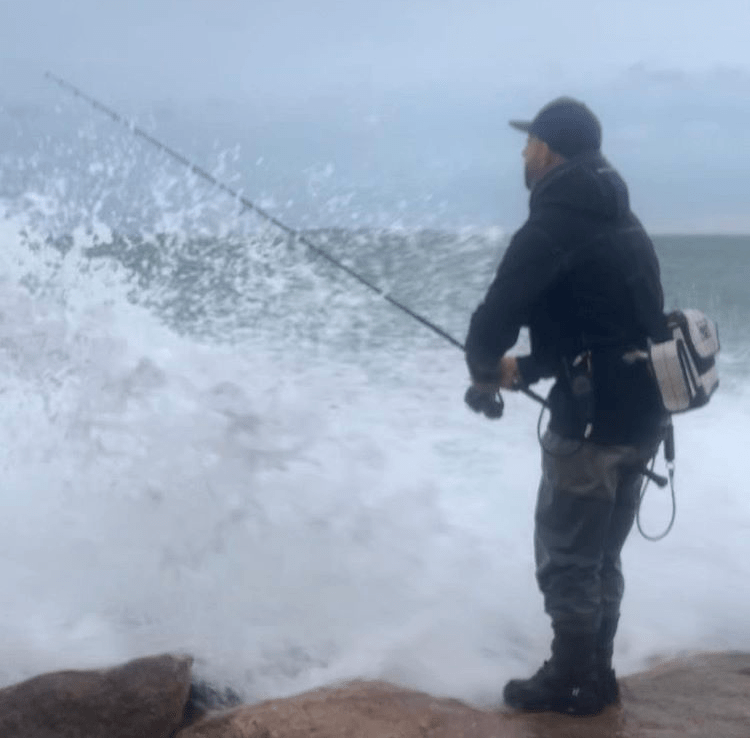

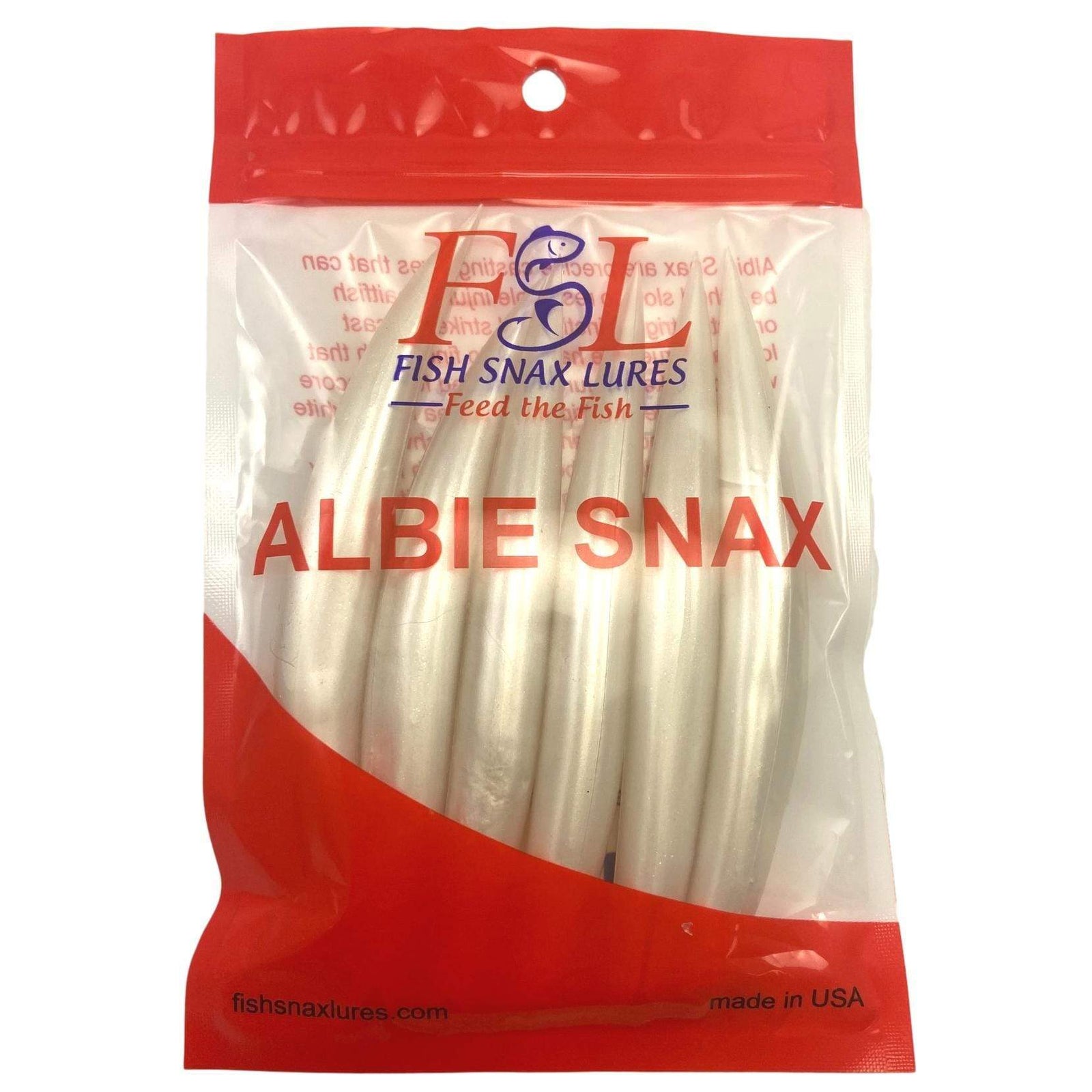

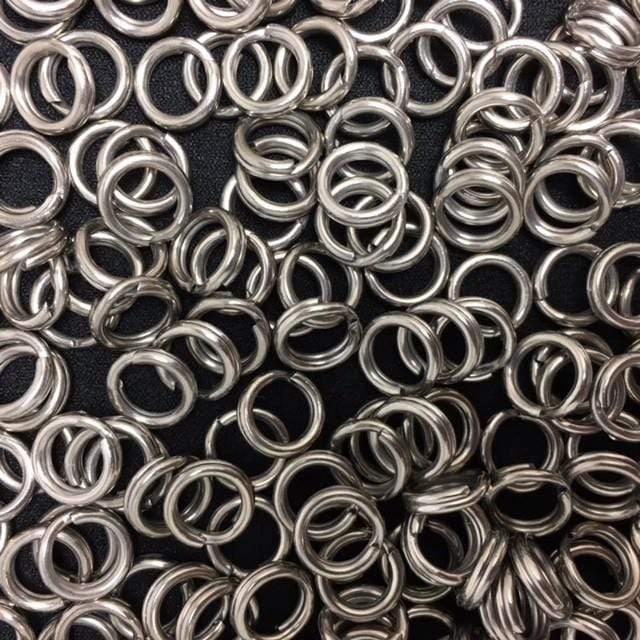
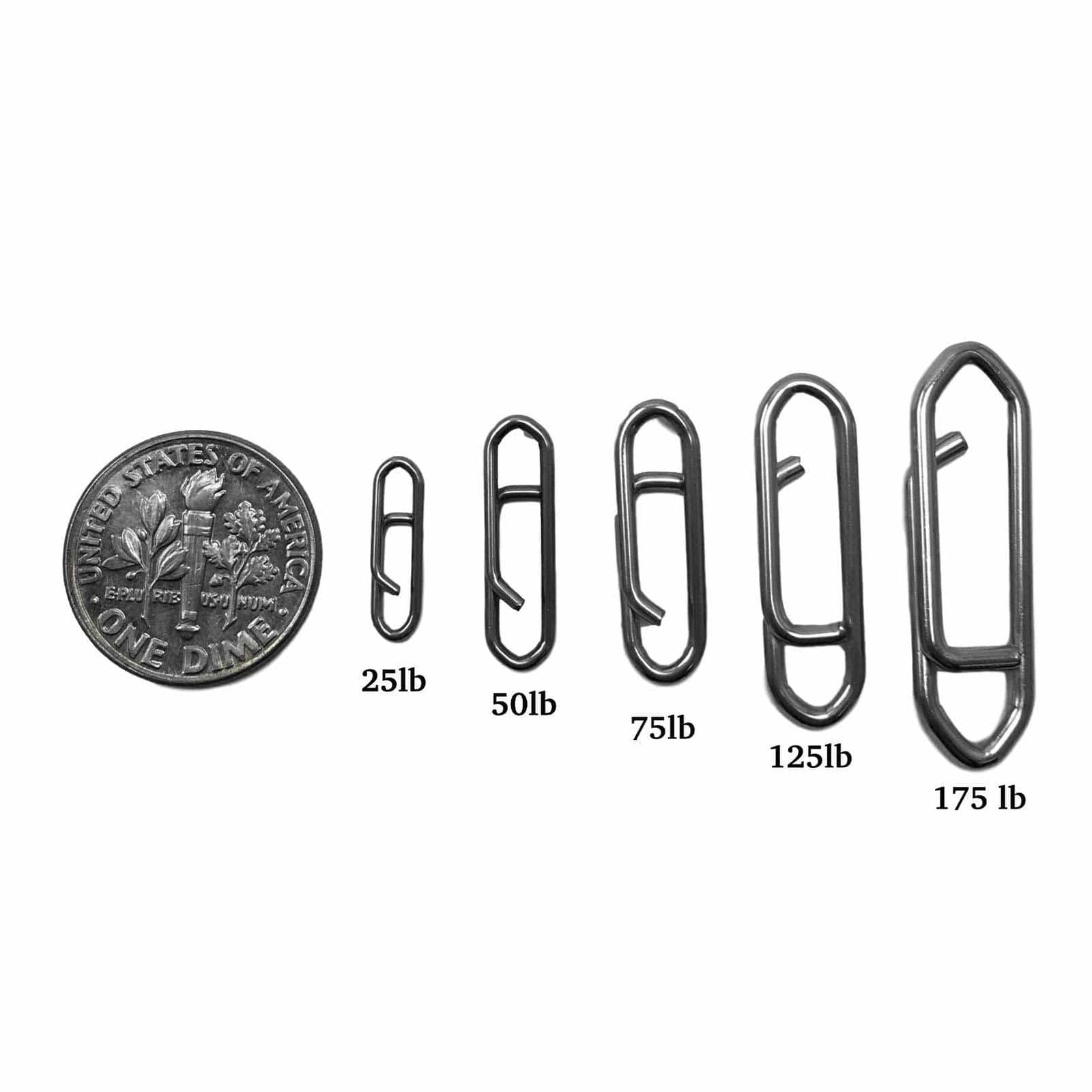


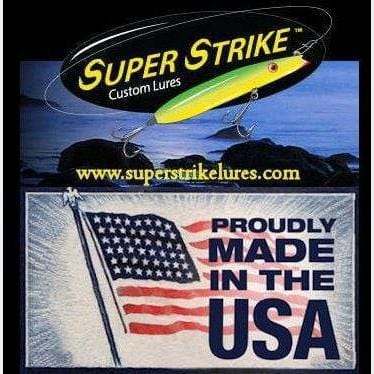

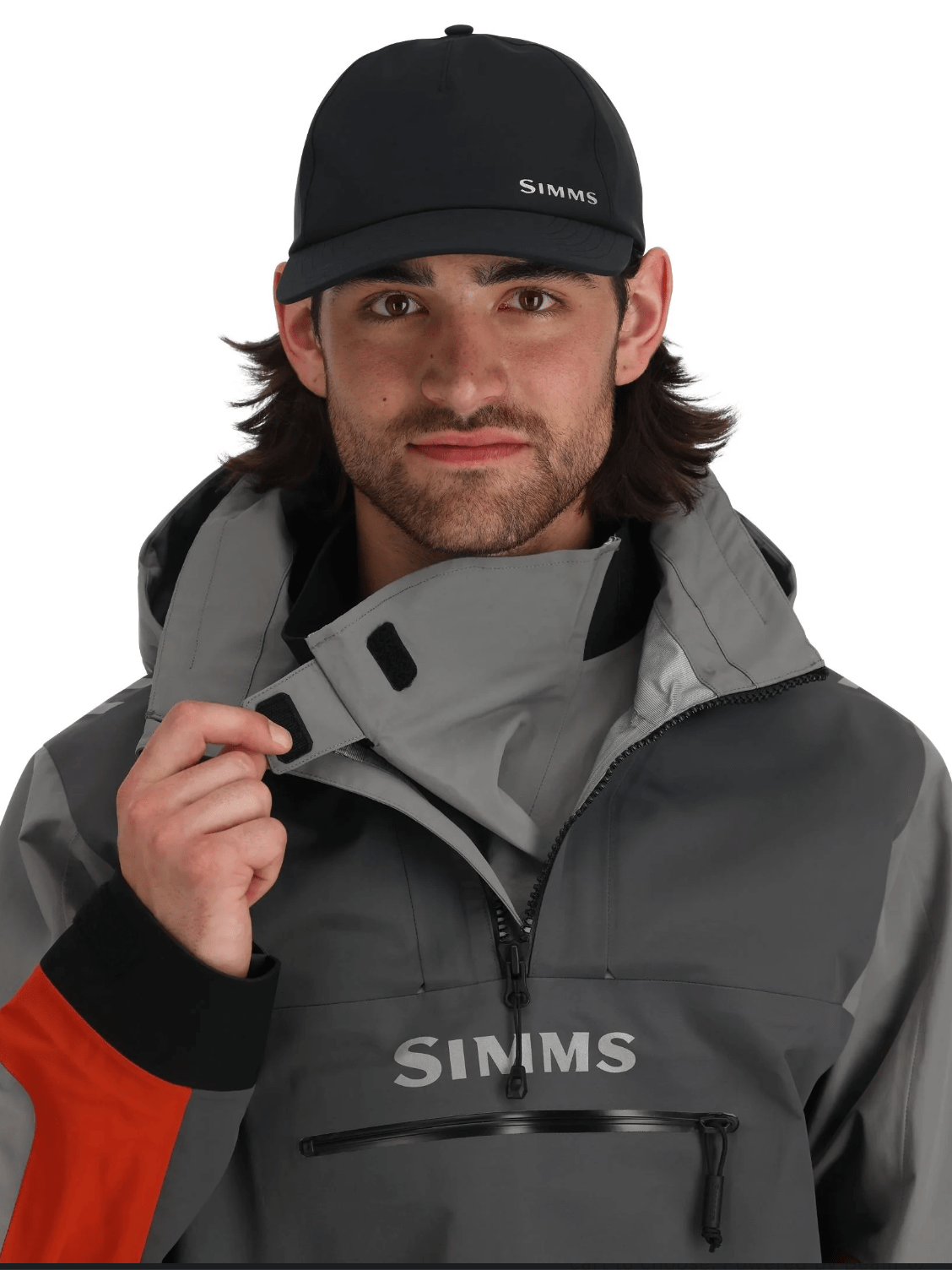

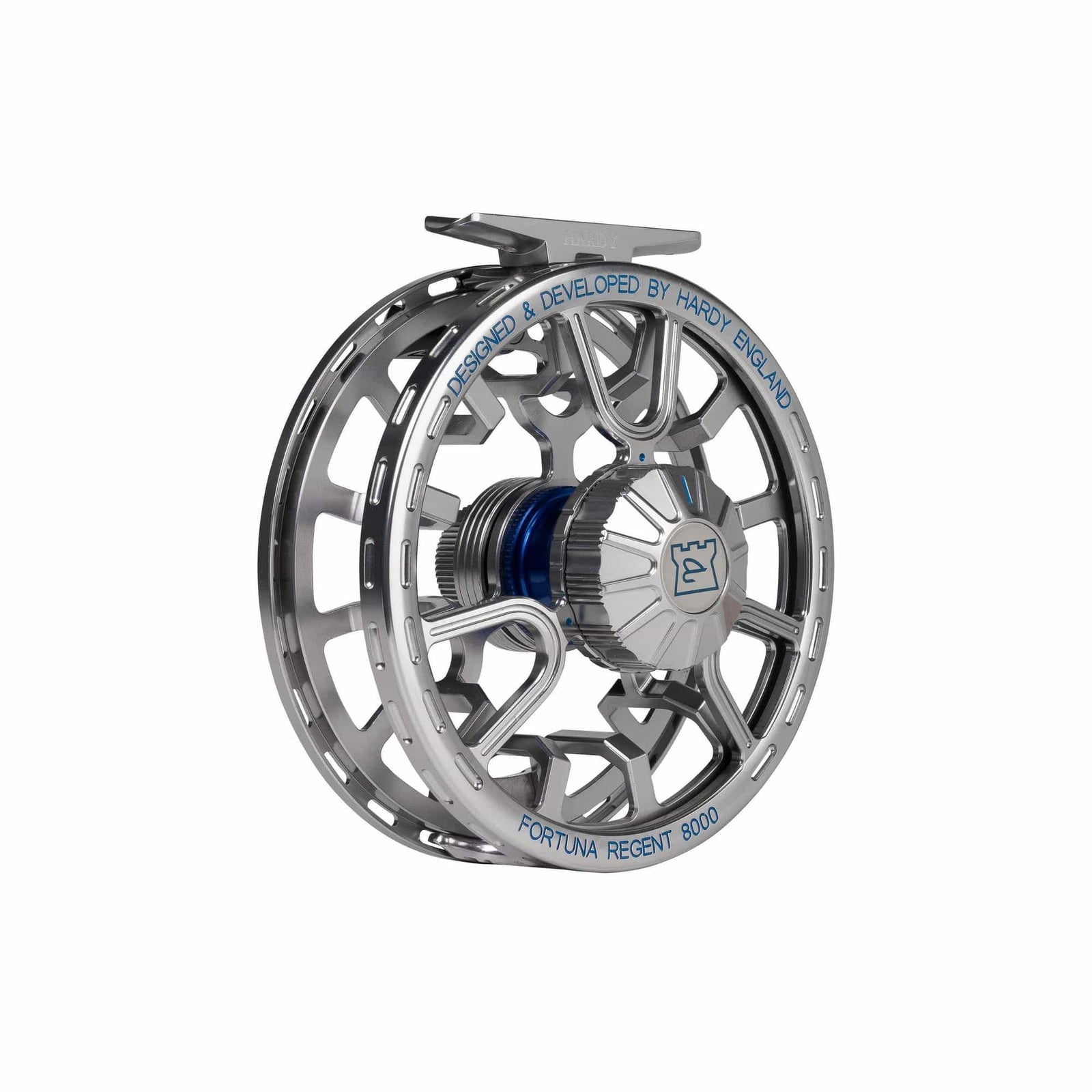
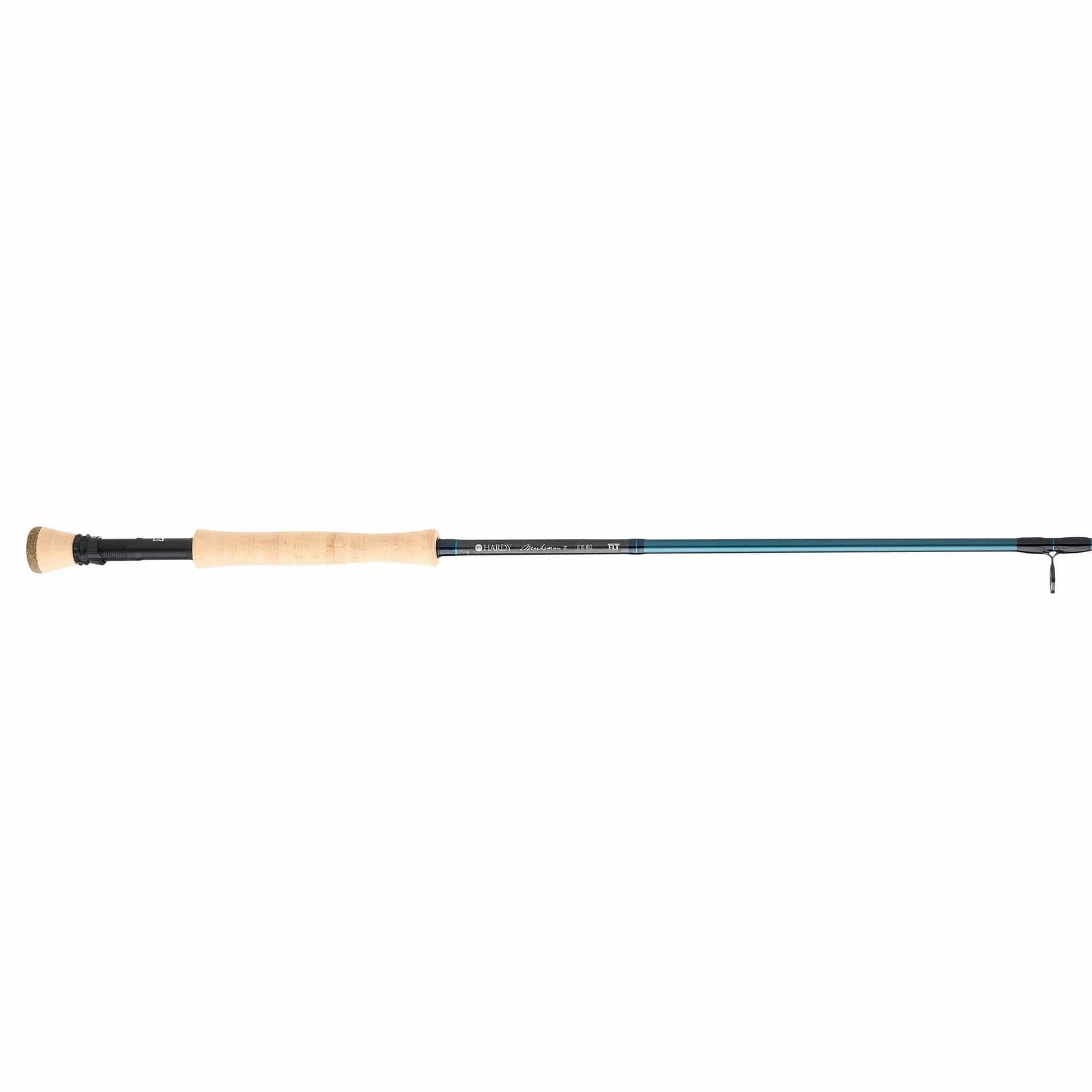
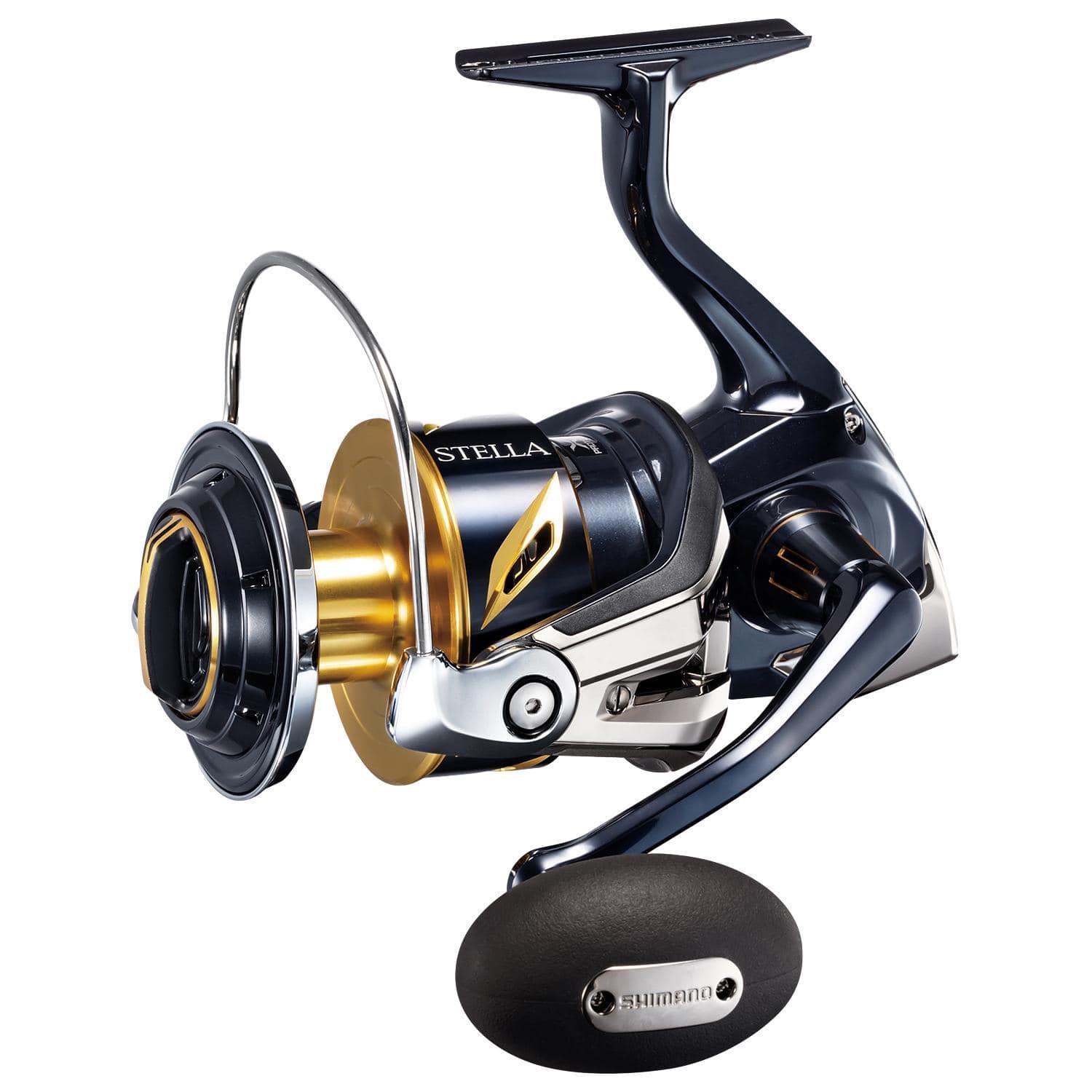
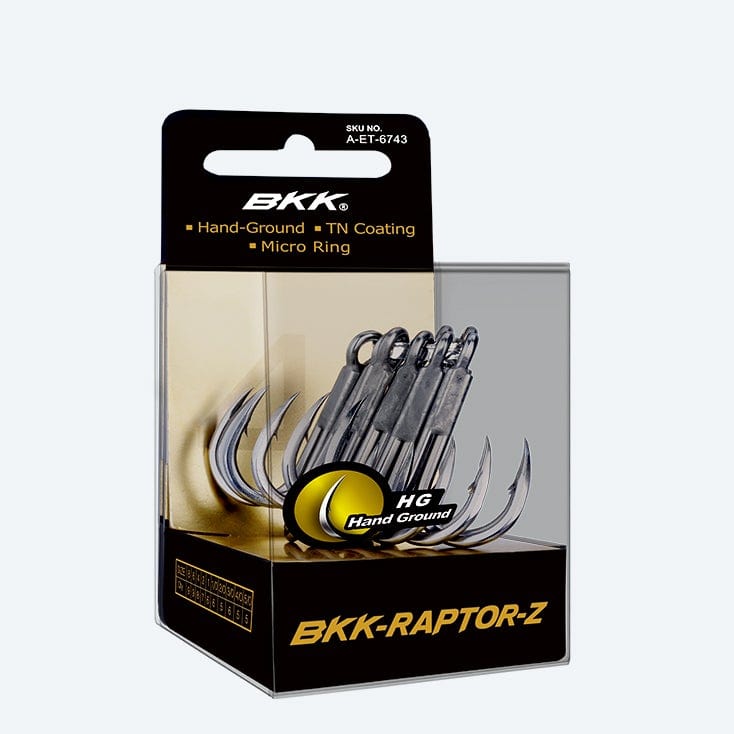
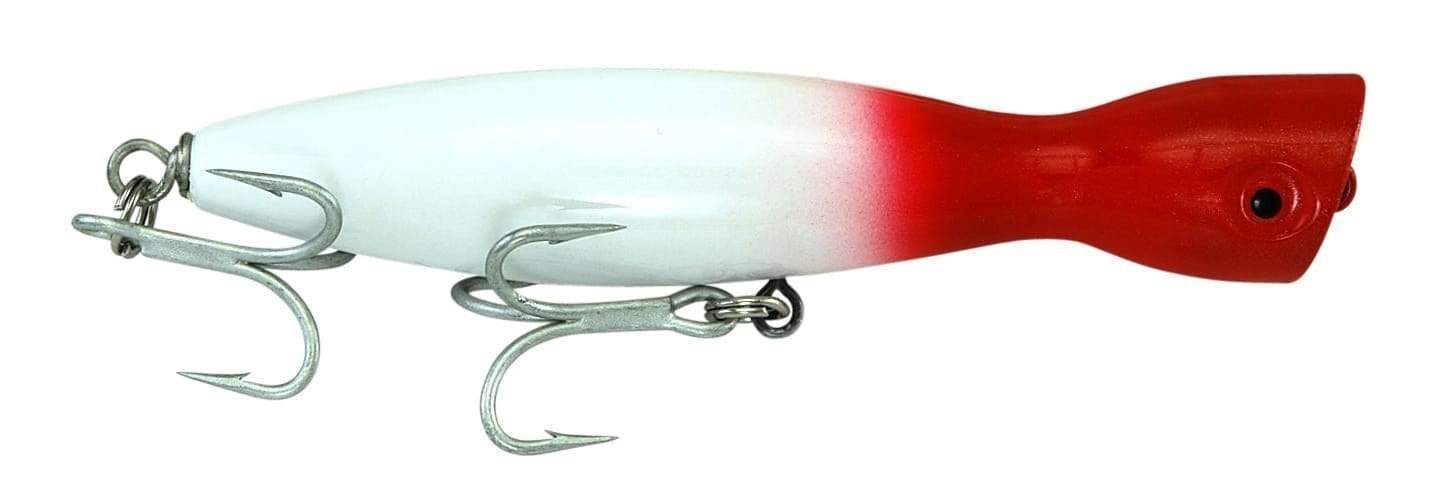
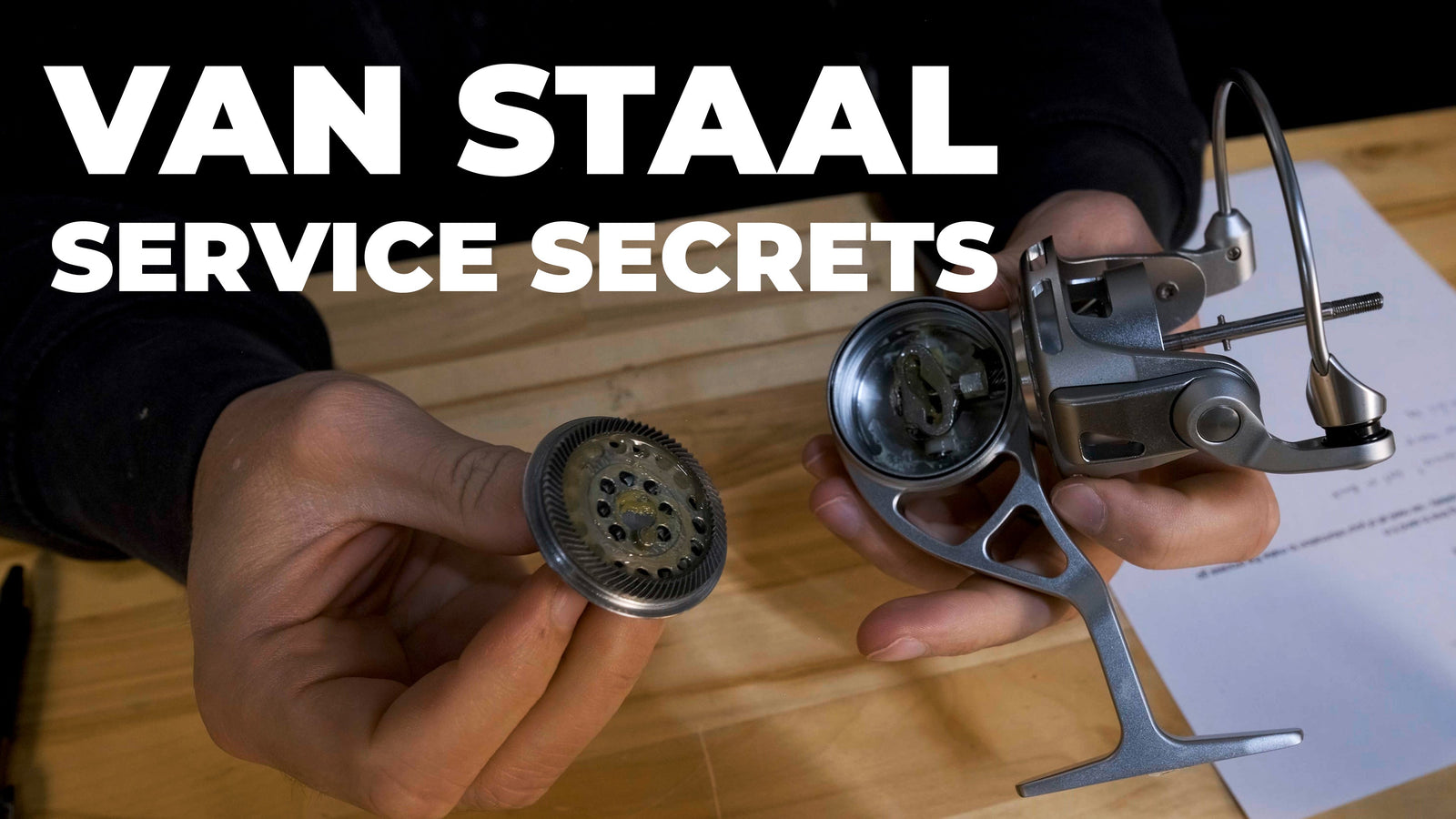


Tyler Ward
July 11, 2022
It’s also sneaky good if you use this an eel skin plug…